Molds for concrete countertops play a crucial role in the creation of stunning and durable concrete surfaces. These molds are essential tools for contractors, artisans, and DIY enthusiasts who want to craft unique, custom countertops. In this comprehensive discussion, we’ll delve into the world of molds for concrete countertops, covering their types, materials, uses, and some key considerations for successful countertop projects.
The Importance of Molds: Molds are fundamental components in the concrete countertop-making process. They provide the structure and shape for the concrete to be poured into, allowing for endless design possibilities. The right mold can transform a slab of concrete into a work of art.
Types of Molds: There are various types of molds available for concrete countertops, each serving specific purposes. Some common options include edge molds, sink molds, and form liners. Edge molds help create decorative edges, while sink molds facilitate the integration of sinks into the countertop. Form liners add texture and patterns to the surface.
Materials Used: Molds for concrete countertops are typically made from various materials, such as rubber, silicone, plastic, or foam. The choice of material depends on the specific project requirements and the desired level of detail. Rubber and silicone molds are flexible and ideal for intricate designs, while plastic and foam molds work well for simple shapes.
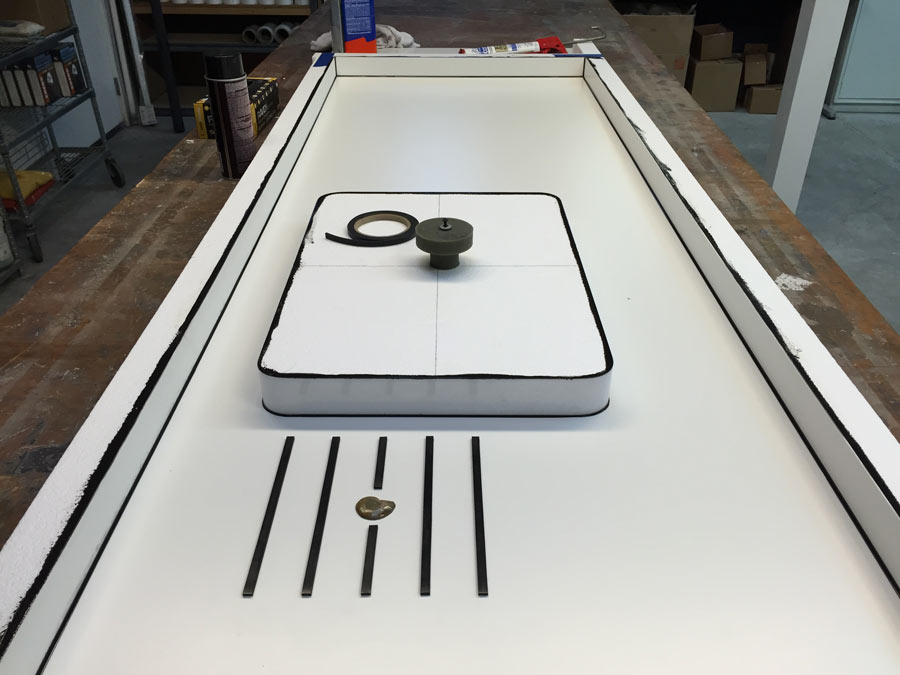
Reusable vs. Single-Use Molds: Concrete countertop molds can be either reusable or single-use. Reusable molds are typically made of durable materials and can be used for multiple projects, making them a cost-effective choice in the long run. Single-use molds, on the other hand, are made for one-time use and are often simpler and less expensive.
Customization: One of the significant advantages of using molds for concrete countertops is the ability to customize the design. With the right mold, you can create countertops that match your specific aesthetic preferences, from unique edge profiles to integrated features like drainboards.

Form Release Agents: To ensure that the concrete doesn’t stick to the mold, form release agents are used. These agents act as a barrier between the concrete and the mold, making it easier to remove the countertop once it has cured. Proper use of release agents is essential for a successful project.
Seamless Countertops: Molds play a vital role in achieving seamless countertops. They allow you to pour and shape the concrete in a way that eliminates visible seams, providing a smooth and polished appearance, which is highly desirable in modern countertop design.
Casting Techniques: Successful countertop projects often require careful casting techniques. This includes mixing the concrete to the right consistency, properly filling the mold, and vibrating it to remove air bubbles and ensure even distribution. The choice of mold also affects the ease of these casting processes.
Finishing and Polishing: After the concrete has cured, the countertop will need finishing and polishing. The quality of the mold’s surface and design can significantly impact the ease of this final step. High-quality molds with smooth surfaces can result in countertops that require less post-processing work.
Project Scale and Complexity: The choice of molds also depends on the scale and complexity of the project. For larger or more intricate designs, it may be necessary to invest in custom molds that are tailored to the specific dimensions and features of the countertop.
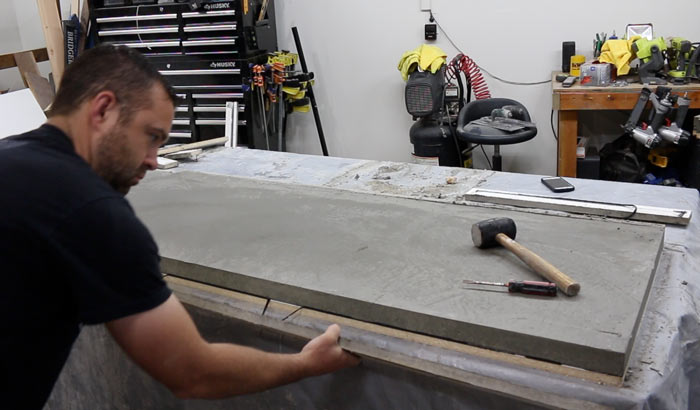
Molds for concrete countertops are indispensable tools for creating stunning and durable surfaces. They come in various types and materials, allowing for customization and design flexibility. Whether you’re a professional contractor or a DIY enthusiast, understanding the role of molds and how to use them effectively is essential for successful concrete countertop projects. The right mold, combined with proper casting and finishing techniques, can help you achieve the countertop of your dreams.
Making Molds for Precast Concrete Countertops – Concrete Decor
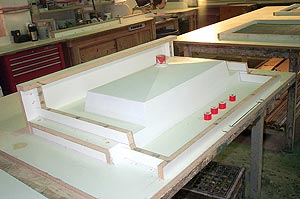
precast-concrete-countertops-build-mold-step-8-1 Concrete Exchange
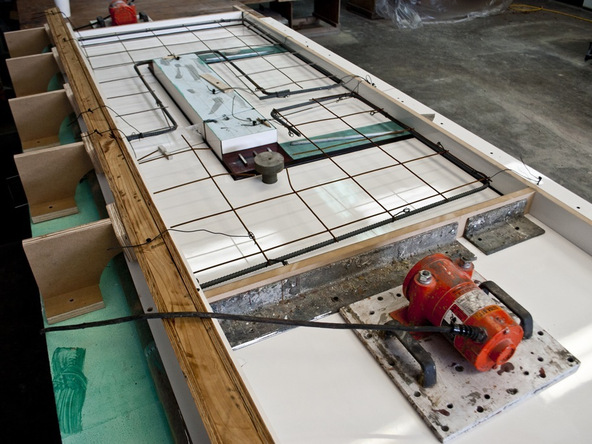
Edge Forms for Concrete Countertops – Concrete Network
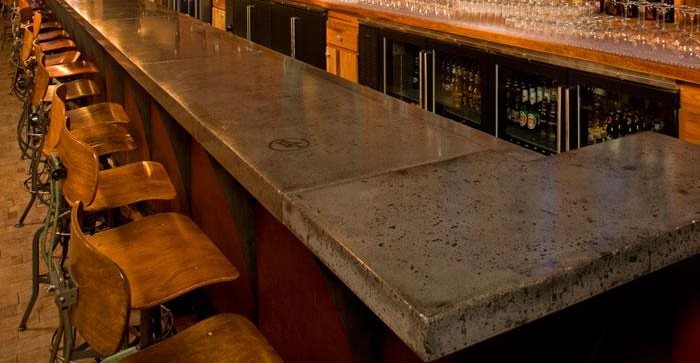
Rafael Oak Leaf (2″ x 8u0027)

How to Fabricate Molds for Concrete – Concrete Decor
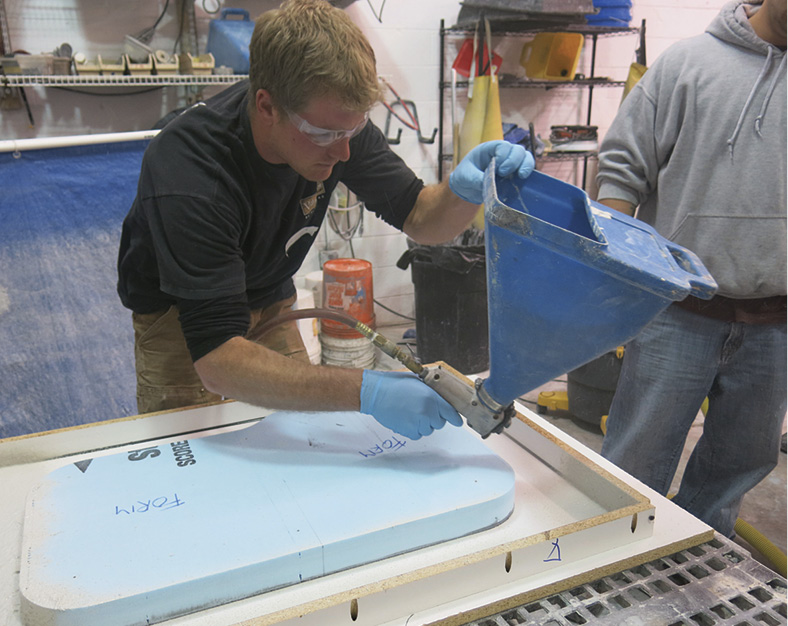
Building Concrete Countertops – Fine Homebuilding

Related articles:
- How To Stain Concrete Countertops
- DIY Concrete Countertop Mix
- Concrete Countertops Made Easy
- Concrete Countertop Overlay
- Black Concrete Countertops
- Marble Look Concrete Countertops
- Light Grey Concrete Countertops
- Concrete Countertop Design Ideas
- Light Colored Concrete Countertops
- Epoxy On Concrete Countertop